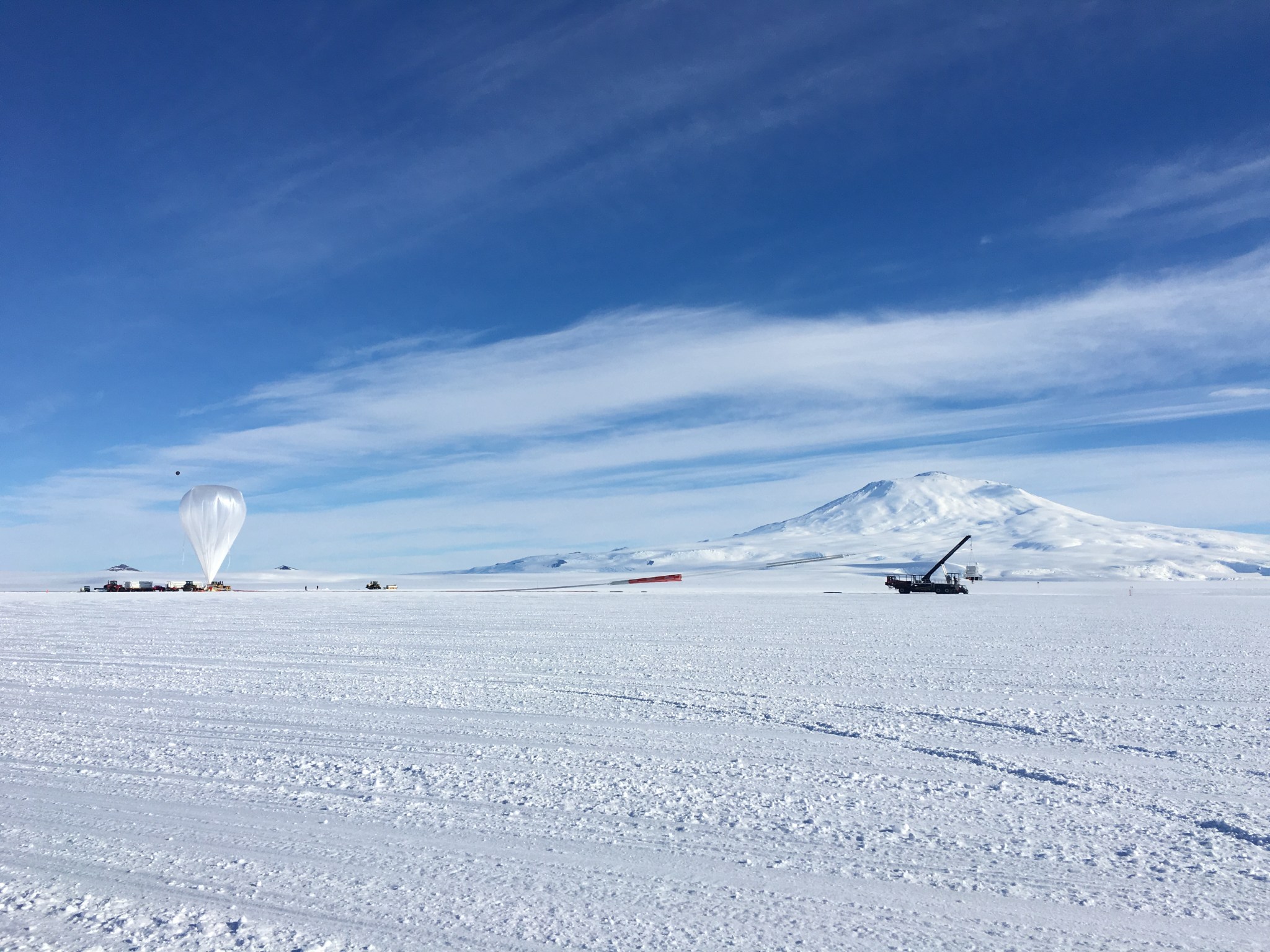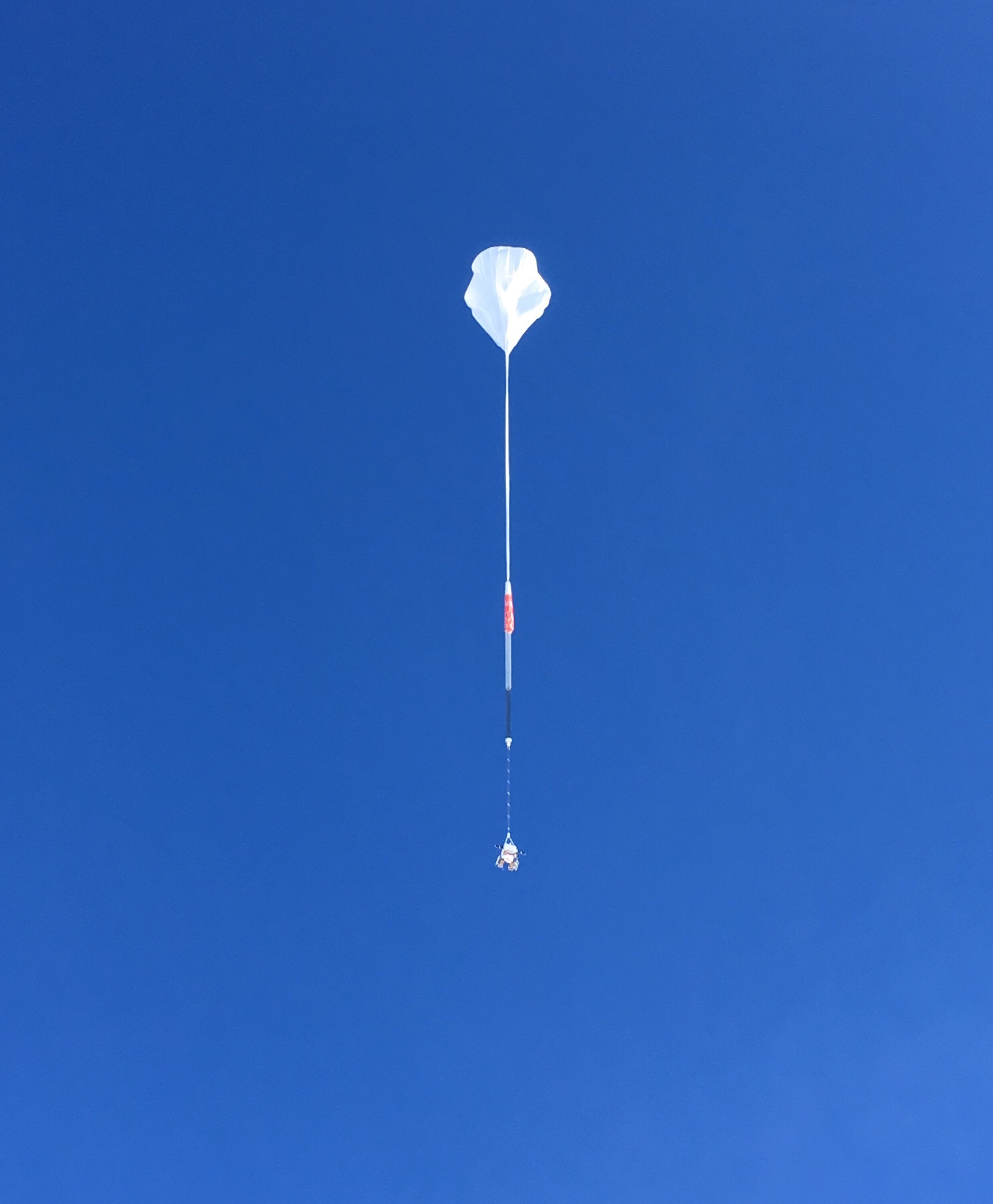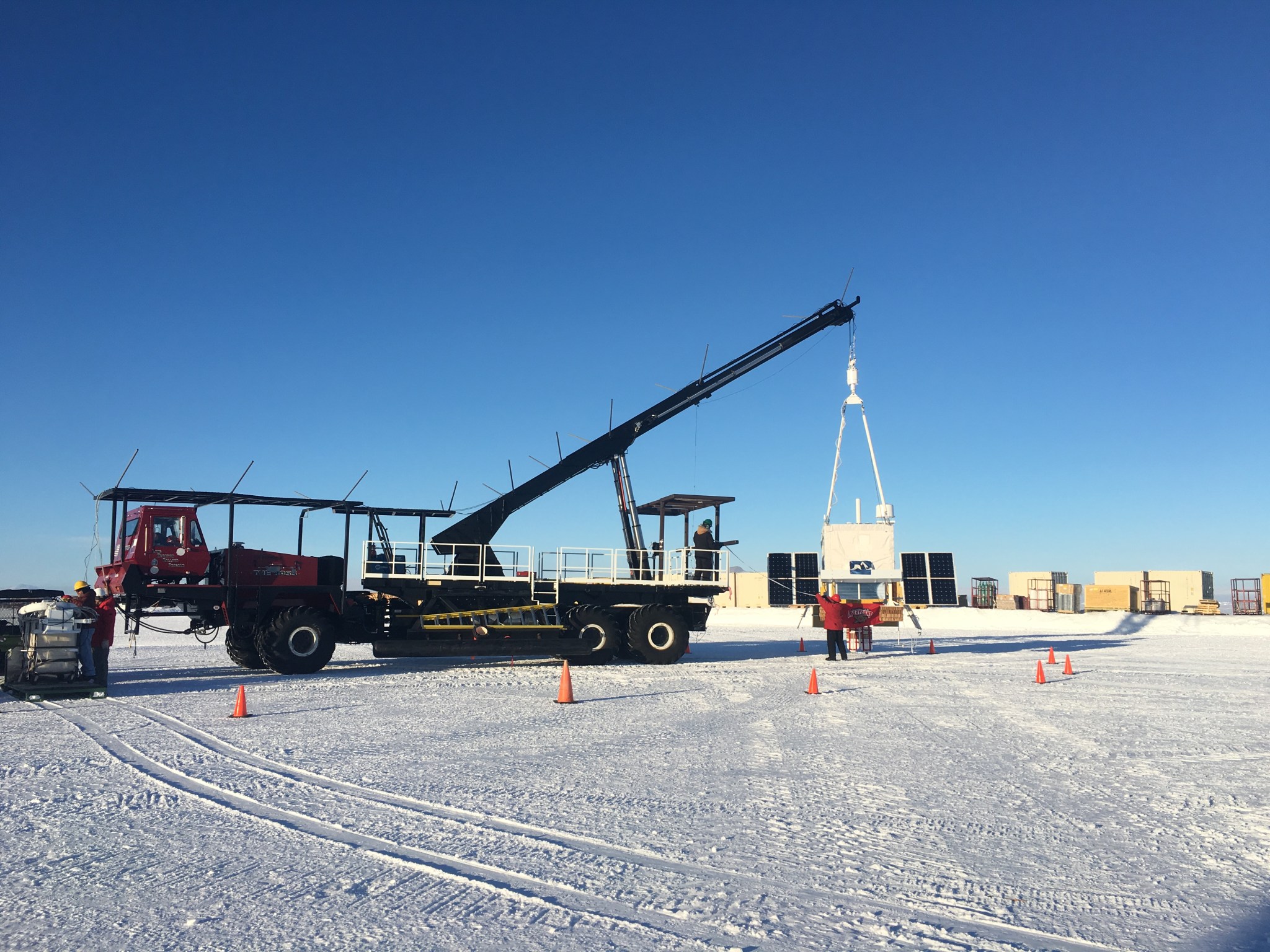Cosmic rays and the chemicals and atoms that make up the interstellar space between stars are the focus of this year’s NASA Antarctica Long Duration Balloon Flight Campaign, which kicked into high gear with the launch of the Boron And Carbon Cosmic rays in the Upper Stratosphere (BACCUS) payload Nov. 28.
The University of Maryland’s BACCUS mission is the first of three payloads taking flight from a balloon launch site on Antarctica’s Ross Ice Shelf near McMurdo Station with support from the National Science Foundation’s United States Antarctic Program.
“Weather conditions and the readiness of our science teams all aligned to allow us to kick-off our Antarctica campaign earlier than in previous years,” said Gabe Garde, NASA mission manager. “We had a smooth operation today with BACCUS, thanks in large part to the support from our friends in the National Science Foundation’s United States Antarctic Program.”
BACCUS will investigate the density and the chemicals in the environment between stars by studying cosmic ray particles. This study complements another University of Maryland investigation known as the Cosmic Ray Energetics and Mass experiment, which has flown previously on NASA balloons and is slated to launch to the International Space Station.
Other flights in this year’s campaign include the Antarctic Impulsive Transient Antenna (ANITA) from the University of Hawaii at Manoa and the Stratospheric Terahertz Observatory (STO-II) from the University of Arizona.
Scientists will use ANITA’s instruments to study the reactions in the core of stars and as they explode via the release of neutrinos that travel to Earth and interact with the Antarctica ice. STO-II is designed better understand the life cycle of the interstellar medium, which is the matter that fills the space between stars in the galaxy.
NASA’s is using its largest zero pressure balloon for each flight, which at 40-million-cubic-feet of volume is as large as a football stadium when fully inflated.
Once launched each mission will float at a near constant altitude approximately 24 miles (39 kilometers) up in the atmosphere on a westward trajectory around the continent. Each circumnavigation around the South Pole can take approximately two weeks but can be variable depending on time of the year and altitude. On average, a NASA Antarctic mission can achieve around 20 days of flight.
The payloads and instruments are solar-powered, making this time of year an ideal time for balloon flights since the region experiences sunlight 24-hours a day during the Antarctic summer. In addition, a weather phenomenon during the Antarctic summer known as an anticyclone takes the balloon on a circular flight trajectory, keeping the balloon over the Antarctic land mass over extended periods of time. Keeping the balloon over land helps enable recovery of the payload at the conclusion of the mission.
NASA’s scientific balloons offer low-cost, near-space access for suspended loads weighing up to 8,000 pounds to conduct technology demonstration tests as well as scientific investigations in fields such as astrophysics, heliophysics and atmospheric research. Depending on the goals and objectives of a specific mission, balloon flight durations can run hours to multiple days or weeks for longer-term exposures and data collection
NASA’s Wallops Flight Facility in Virginia manages the agency’s scientific balloon flight program with 10 to 15 flights each year from launch sites worldwide. Orbital ATK, which operates NASA’s Columbia Scientific Balloon Facility, provides mission planning, engineering services and field operations for NASA’s scientific balloon program. The CSBF team has launched more than 1,700 scientific balloons in the over 35 years of operation.
Anyone may track the progress of NASA’s Antarctica scientific balloon flights via online tools that provide altitude and speed as well as a map showing the balloon’s real-time location, at: https://www.csbf.nasa.gov/antarctica/ice.htm.
For more information on the balloon program, see: https://www.nasa.gov/scientificballoons.
































